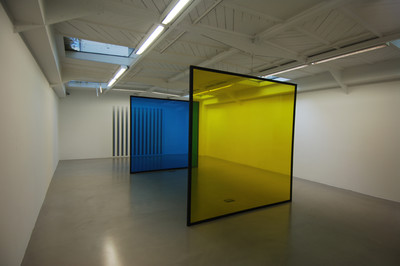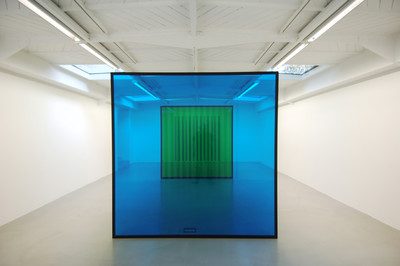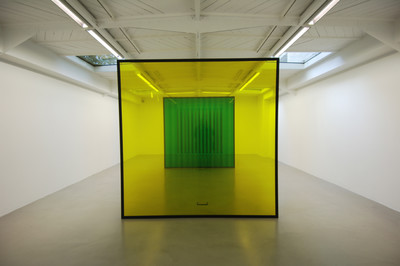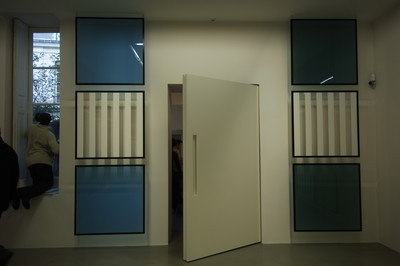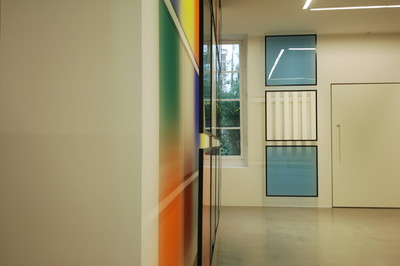Photos-souvenirs
For the inaugural exhibition at galerie kamel mennour’s new premises, Daniel Buren demonstrates yet again his incredible talent for inventing new pathways for his art – a talent he has been displaying for over forty years now. Although used to creating projects for new places, this is the first time he has found himself building something for a space which is itself still under construction. Hence his conception has had to come from examining the plans and, above all, from his foresight, informed by experience: “the space of a...
Read more


